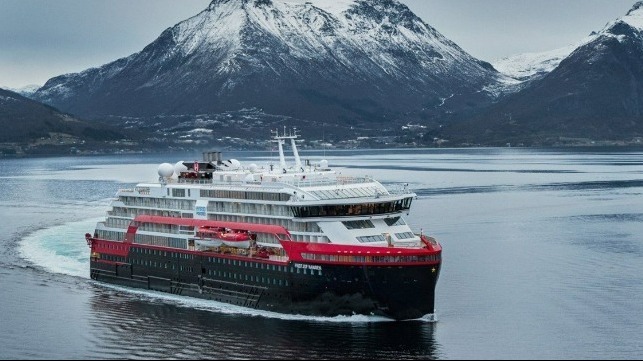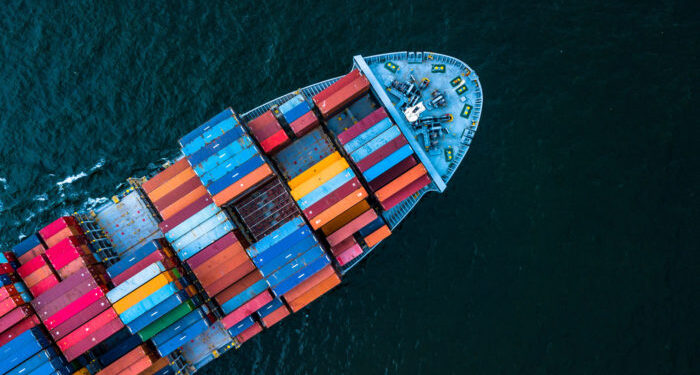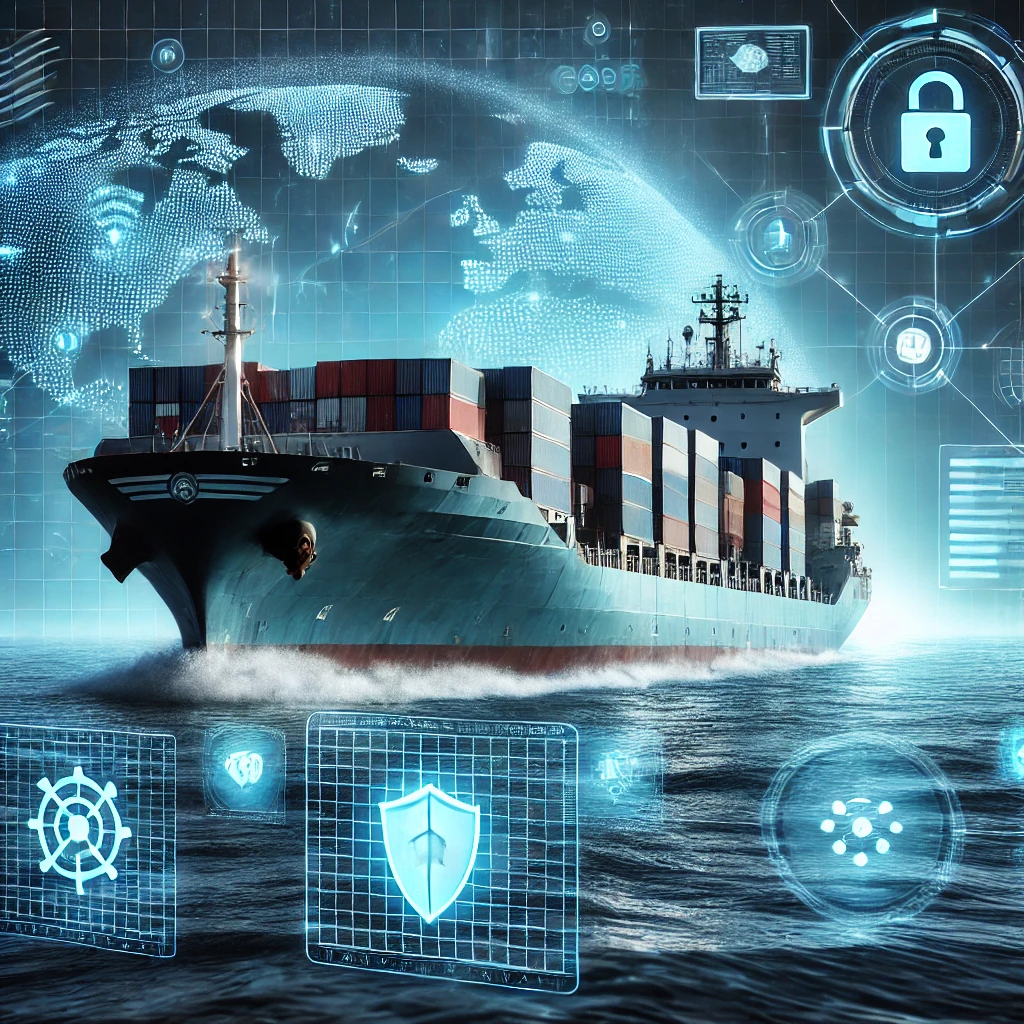The IMO Sub-Committee on Carriage of Cargoes and Containers held its 7th Session (CCC 7) remotely from 6 – 10 September 2021.
Opening the meeting, IMO, Secretary General Kitack Lim highlighted the importance of work on the IGF Code:
This recognises increasing world-wide interest in the use of low flashpoint fuels for international shipping, which has a high efficiency and a lower environmental impact through a reduction of GHG emissions, in support of implementing the IMO’s initial GHG Strategy
Amendments to the IGF Code and development of guidelines for low flashpoint fuels
The Sub-Committee recalled that CCC 6 re-established the Correspondence Group (CG) on development of Technical Provisions for the Safety of Ships using Low-flashpoint fuels. The following matters were considered by the CG:
- Draft interim guidelines on fuel cells;
- Development of draft amendments to the IGF Code to address safety provisions for ships using low-flashpoint oil fuels; Interim guidelines to address safety provisions for ships using LPG fuels;
- Draft amendments to the IGF Code;
- Work plan for the future development of low-flashpoint fuels under the IGF Code;
- Development of guidelines for the safety of ships using hydrogen as fuel;
- Development of guidelines for the safety of ships using ammonia as fuel;
- Updating of the work plan.
Amendments to the IGC and IGF Codes to include high manganese austenitic steel
After consideration by correspondence prior to the virtual meeting, and progress made by the CG on Consequential Amendments to the IGC and IGF Codes incorporating High Manganese Austenitic Steel, the working group was furnished with appropriate terms of reference and duly submitted its report. The Sub-Committee approved it in general, and in particular:
- Noted the Group’s consideration on confirmation of continued successful operation on the Green Iris, having identified the cause of a malfunction in which there was no consequential damage to the high manganese steel tank of the vessel;
- Endorsed the agreement made by the Group on additional compatibility testing for the application of high manganese austenitic steel;
- Endorsed the Group’s request to submit test results carried out in accordance with the proposed additional test requirements for ammonia service;
- Agreed draft amendments to the IGC and IGF Codes with a view to approval by MSC 105;
- Agreed draft amendments to the Guidelines for the acceptance of alternative metallic materials for cryogenic service in ships carrying liquefied gases in bulk and ships using gases or other low-flashpoint fuels;
- Agreed draft amendments to the Interim guidelines on the application of high manganese steel for cryogenic service, with a view to approval by MSC 105;
- Agreed the Group’s recommendation to re-establish a CG and its proposed terms of reference;
- Extended the target completion year for this output to 2023.
Amendments to the IMSBC Code
Overall, fourteen documents were considered by correspondence before the virtual meeting, during which the Sub-Committee endorsed the Chair’s proposals under the following headings:
- Amendment to the definition of “group A”;
- Reclassification of ammonium nitrate-based fertiliser (non-hazardous);
- Proposals for amendments to section 9 of the IMSBC Code and MSC.1/Circ.1600;
- Clam shell;
- Brown fused alumina;
- Nitrogen-phosphorus fertiliser with Sulphur and micronutrients (boron and zinc);
- Dunite sand and granular dunite;
- Clarification of the term “intrinsically safe type” used in the IMSBC Code;
- Crushed granodiorite;
- Castor Beans or Castor Meal or Castor Pomace or Castor Flake UN 2969;
- Advice on the safety assessment of sea transport of liquefiable solid bulk cargo;
- Dangers of carbon dioxide given off by solid bulk cargoes;
- Draft amendments to the IMSBC Code; and,
- Properties of solid bulk cargoes, index and Bulk Cargo Shipping Names in 3 languages (English, Spanish and French).
Consideration of reports of incidents involving dangerous goods
It was recalled that the Secretariat had developed a GISIS functionality, allowing Member States to submit the results of container inspection programmes online through the GISIS platform.
In this regard, document CCC 7/INF.2 provided the results of container inspection programmes for 2019, submitted by Canada, Chile, the United States and Hong Kong China.
In addition, results for 2020 were also submitted by Canada, Chile, Finland, Sweden and the United States.
Revision of the inspection programmes for cargo transport units carrying dangerous goods
The Sub-Committee next established terms of reference, instructing the working group to further consider inclusion of contamination and pest control in the CTU inspection programme and to finalise the draft guidelines for the implementation of the inspection programmes for CTUs.
Following the working group’s deliberations and publication of its report, the Sub-Committee approved it in general, and in particular:
- Noted that the majority of the Group opted for option A ( to include contamination and pest control provisions in the draft guidelines); and that relevant draft amendments had been prepared accordingly;
- Noted that WG 3 had finalized the draft guidelines for the implementation of the inspection programmes for cargo transport units and endorsed them with a view to approval at MSC 105 in April 2022;
- Noted the Group’s consideration on the need for revising the current GISIS module on “Reports of CTU inspections” in accordance with the revised format and requested the Secretariat to make preparations to update the module following the expected approval date of the draft guidelines;
- Noted the Group’s discussion on whether any additional work would be necessary with respect to contamination and pest control measures, also that Member States and the industry could benefit from a non-exhaustive list of voluntary guidance available on the matter to raise awareness;
- Endorsed the draft MSC circular on the list of voluntary guidance, with a view to approval at MSC 105 in conjunction with the approval of draft guidelines for the implementation of the inspection programmes for CTUs, and take action, as appropriate.
Alternative fuels issues
#1 Safety concept for fuel cell spaces: Requirements for fuel cell power systems to shut down automatically, isolation of the affected fuel stack at temperatures in excess of 300 degree celsius.
#2 Fire safety provisions: Application of SOLAS II-2 for fuel cell spaces. According to LR:
This was deemed as a proposal to offer flexibility to consider other equivalent options
#3 Fire and explosion protection: It was agreed to allow at least two gas detectors which would lead to an alarm or shutdown.
#4 Control, monitoring and safety system: Agreement on temperature monitoring and alarm requirements with regards to the agreed fuel stack temperature limit of 300 degree celsius.
#5 LPG as a fuel: A HAZID study conducted for an LPG-fueled Ro-Ro passenger vessel acts as a base document upon which guidelines for the safe use of LPG will be developed.
#6 Hydrogen: A new workplan has been developed and CCC8 is responsible to develop guidelines for the safety of ships using hydrogen.
SOURCE READ THE FULL ARTICLE
https://safety4sea.com/overview-of-imo-sub-committee-on-carriage-of-cargoes-and-containers/














